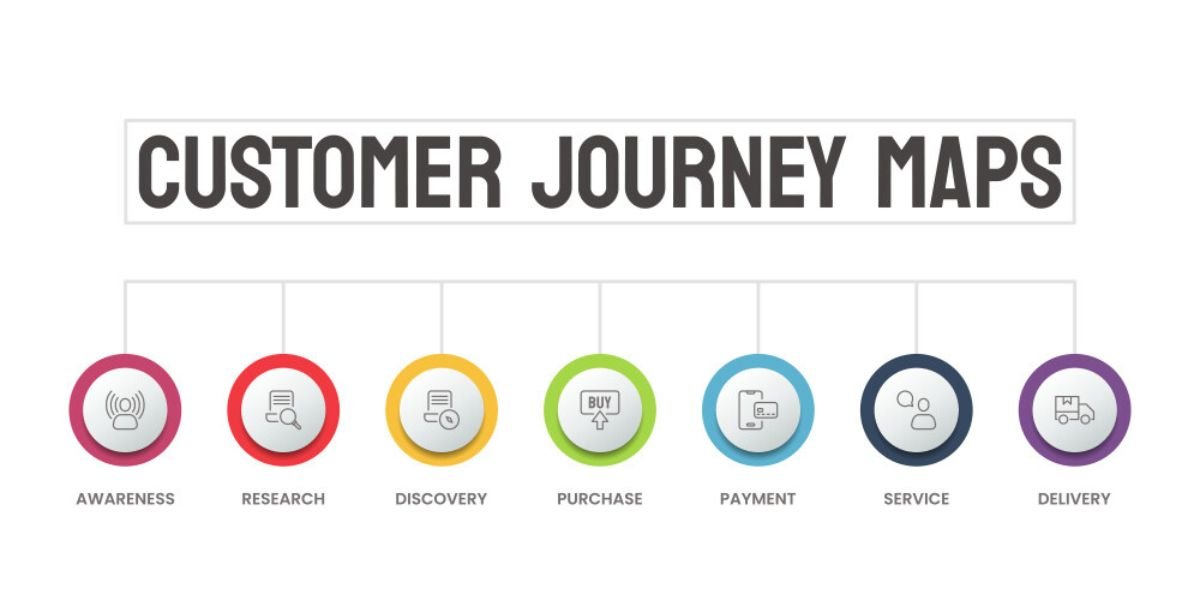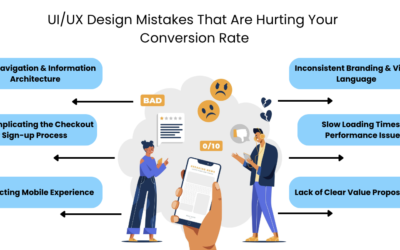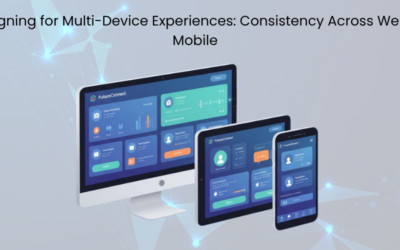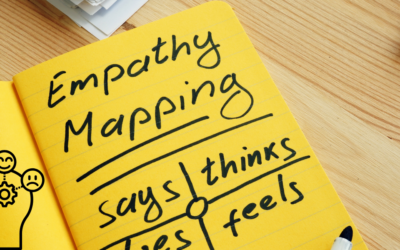Why Understanding Your Customer’s Journey Matters
Imagine this: You’ve launched a perfect product. The design is sleek, the features are cutting-edge, and you’ve poured your heart into making it great. But after the initial excitement, you see users dropping off, never to return. What went wrong?
The Challenge: Brands often assume they understand their customers inside out. But real customer behaviors? They can be surprisingly unpredictable. Users can abandon products for reasons as simple as a confusing onboarding experience or messaging that doesn’t resonate.
Solution: Customer journey mapping helps uncover hidden pain points, opportunities, and latent needs. By identifying these aspects, brands can stand out from the competition, refine their unique value propositions, and enhance their user experience.
What is Customer Journey Mapping?
Customer Experience journey mapping is a visual representation of every interaction a customer has with your brand. It’s all about understanding the paths your customers take and the emotions, needs, and frustrations they experience along the way.
Key Components of Customer Journey Mapping:
- Awareness Stage: This is where customers first discover your brand—through ads, social media, word-of-mouth, or organic search. It’s all about making that initial impression.
- Consideration Stage: Now that they know you exist, they’re weighing their options. What sets you apart? They’re evaluating your product or service through reviews, comparisons, or exploring your website.
- Purchase Stage: The decision-making moment. They’ve made their choice and are ready to buy. This stage involves checkout processes, subscriptions, or service bookings—whatever seals the deal.
- Post-Purchase Experience: The journey doesn’t end at the sale. It’s all about customer support, fostering loyalty, encouraging advocacy, and ensuring your customers feel valued long-term.
Example: Imagine mapping the journey of a first-time online shopper vs. a loyal returning customer. Their experiences will differ significantly, and understanding these differences can help you craft tailored experiences.
The Business Impact of Customer Journey Mapping
- Improves User Experience (UX): Identifies friction points and enhances user flow.
- Boosts Customer Retention: Smoother experiences increase brand loyalty.
- Optimizes Marketing Efforts: Helps target customers with the right message at the right time.
- Increases Revenue: Reduces drop-offs and increases conversions.
Example: A SaaS company reduced churn by addressing onboarding issues in the journey map.
Signs Your Brand Needs Customer Journey Mapping
- High Customer Drop-Off Rates: Users abandon your product/service early.
- Inconsistent Brand Messaging: Customers receive mixed signals across platforms.
- Customer Complaints & Low Satisfaction Scores: Issues persist despite feedback.
- Marketing Feels Ineffective: Struggling to connect with the right audience.
Example: A retail brand struggles with abandoned carts and finds checkout friction through journey mapping.
How Customer Journey Mapping Works
- Research & Data Collection:
Start by gathering insights through user interviews, surveys, analytics, and other research methods. Define and identify your customer personas to understand who you’re mapping for. - Mapping Customer Touchpoints:
Lay out all the points where customers interact with your brand website, social media, customer service, ads, emails, and beyond. This helps you visualize the entire journey from awareness to loyalty. - Identifying Pain Points, Opportunities & Latent Needs:
Dive deep into the journey to spot user frustrations, uncover unmet needs, and identify opportunities for improvement. This step helps you enhance the overall customer experience and boost satisfaction. - Implementing Solutions:
Based on your findings, make the necessary adjustments whether it’s redesigning the UX, refining your marketing approach, or improving your service. - Continuous Testing & Optimization:
Customer journey mapping is an ongoing process. Continuously test, gather feedback, and refine the journey map to keep up with evolving customer needs and preferences.
Example: A fintech app improved customer trust by refining the onboarding journey.
Real-World Success Stories of Customer Journey Mapping
How Leading Brands Leverage Customer Journey Mapping for Success:
- Spotify: Used journey mapping to improve music recommendations (Discover Weekly).
- Amazon: Streamlined the checkout process to reduce cart abandonment.
- Airbnb: Addressed trust issues through better host verification and reviews.
Why Invest in Professional Customer Journey Mapping Services?
- Expert Insights & Industry Experience
- Access to Advanced Tools & Analytics
- Faster & More Effective Implementation
- Data-Driven Decision-Making
Example: How UX Prosperar helps brands refine their customer experience through journey mapping.
How Do We Find Out Latent Needs?
At UX Prosperar, we understand that latent needs are often hidden below the surface, not easily expressed by users themselves. To discover these needs, we dive deep using advanced research methods such as observational studies, contextual inquiries, and analyzing user behaviors beyond stated preferences. Our approach involves looking at what users do—not just what they say. This proactive exploration helps us craft experiences that resonate more deeply, ultimately enhancing user satisfaction and loyalty.
Take the Next Step Towards a Better Customer Experience
Understanding the customer journey is crucial for business growth.
Tools for Journey Mapping:
Investing in the right tools can make all the difference. Platforms like TheyDo, Miro, Smaply, and Lucidchart offer comprehensive features to visualize customer journeys, collaborate with teams, and implement data-driven improvements.
Ready to uncover your brand’s hidden opportunities? Contact UX Prosperar today for expert customer experience journey mapping services.







